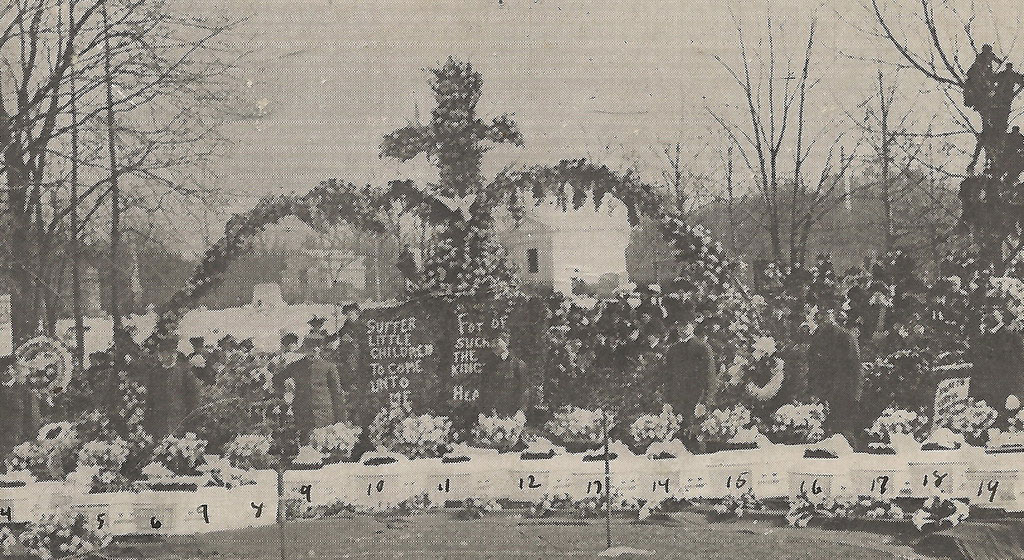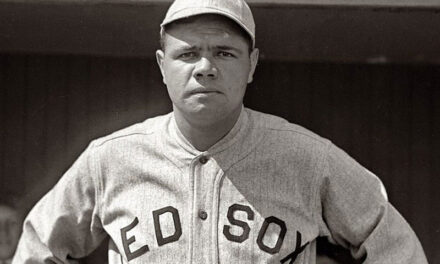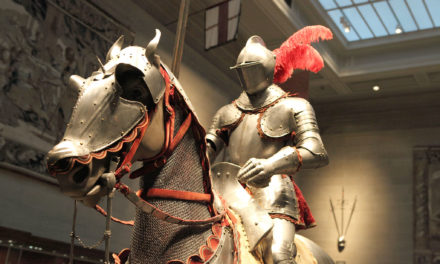CLEVELAND HISTORY
Cleveland Grand Jury’s Verdict on the Collinwood School Fire (January 19, 1908): Following the tragic Collinwood School Fire, which resulted in the deaths of 172 children and two adults, a grand jury concluded its investigation. The jury criticized the building’s wooden construction and the “panic-proof” inward-opening exit doors, which impeded escape, leading to significant changes in school safety regulations nationwide.
Incorporation of the City of Westlake (January 20, 1957): Originally part of Dover Township, Westlake was incorporated as a city on this date. The incorporation marked a transition for the area from a primarily rural community to a suburban city, reflecting the post-war growth and development trends in the Cleveland metropolitan area.
Opening of the Cleveland Clinic’s Taussig Cancer Institute (January 21, 2017): The Cleveland Clinic opened its Taussig Cancer Institute, a state-of-the-art facility dedicated to cancer care and research. This institute has become a leading center for cancer treatment, offering innovative therapies and contributing significantly to the global fight against cancer.
First Public Reading at the Cleveland Public Library (January 24, 1925): The Cleveland Public Library hosted its first public reading event, establishing a tradition of community engagement and literacy promotion. This event underscored the library’s role as a community hub and its commitment to public education and cultural enrichment.
Record Low Temperature in Cleveland (January 26, 1985): Cleveland experienced a record low temperature of -20°F (-29°C), marking one of the coldest days in the city’s history. This extreme weather event had significant impacts on the city, testing infrastructure resilience and community emergency responses.
WORLD HISTORY
Treaty of Utrecht Signed (January 19, 1474): This treaty was a significant diplomatic agreement between France and England, marking the end of the French support for the Lancastrians during the Wars of the Roses in England. The treaty was signed by Louis XI of France and Edward IV of England. It stipulated that France would cease its support for the Lancastrian cause, which helped solidify Edward IV’s position on the English throne and brought a temporary halt to the internal conflict in England. This treaty is notable for its role in the complex web of European diplomatic and military alliances and for its impact on the political landscape of England during a turbulent period of its history.
Wannsee Conference (January 20, 1942): This high-level meeting of senior government officials of Nazi Germany was held in the Berlin suburb of Wannsee. Led by SS-Obergruppenführer Reinhard Heydrich, the conference outlined the “Final Solution to the Jewish Question”—the systematic deportation and extermination of all Jews in occupied Europe, a plan that led to the genocide of six million Jews during the Holocaust.
Execution of Louis XVI (January 21, 1793): After being convicted of conspiracy with foreign powers, Louis XVI of France was executed by guillotine at the Place de la Révolution in Paris. His death marked a turning point in the French Revolution, signaling the overthrow of the monarchy and paving the way for the rise of the French Republic. The execution underscored the deep societal divisions and the radicalization of the revolutionary government.
Discovery of Gold at Sutter’s Mill (January 24, 1848): James W. Marshall, while working on a water-powered sawmill owned by John Sutter in Coloma, California, discovered flakes of gold in the riverbed. The news of gold led to the California Gold Rush, dramatically changing the region’s population and economy. As thousands of prospectors rushed to California, it accelerated the state’s admission to the Union and had lasting impacts on its demographic and economic landscape.
First Winter Olympics (January 25, 1924): The inaugural Winter Olympic Games were held in Chamonix, France, and featured sports such as skiing, bobsleigh, and ice hockey. This event marked the separation of the winter sports from the Summer Olympics, highlighting their unique challenges and skills. The success of the Chamonix games established the Winter Olympics as a major international sporting event, continuing to be held every four years.






